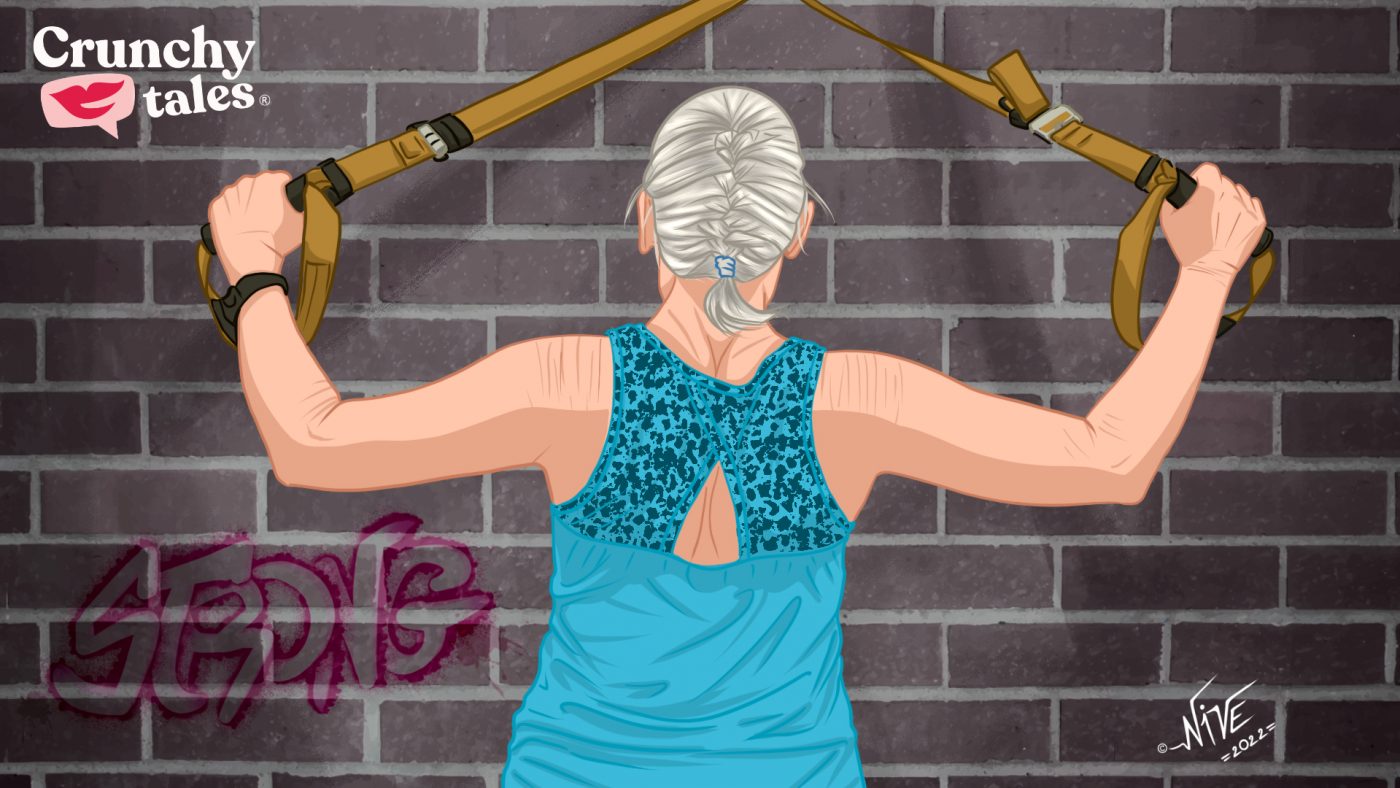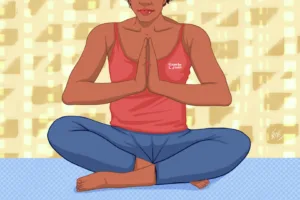Get Your Energy Back: The Best Exercises For Women In Menopause
Leading a sedentary lifestyle is not good for anybody. If you’re perimenopausal or menopausal, being active can be even more important as that may significantly improve your quality of life and ease some symptoms as you go through this transition.
Increasing the amount of resistance or strength training (specifically in the larger muscle groups), choosing physical activities that are enjoyable and contribute to your happiness and lower stress, sleeping well, and focusing on a restorative practice (yoga, pilates, and breathing) can also help avoid the so-called middle-age spread.
The right workouts for menopausal women
According to research, along with hot flashes, irritability, and depression that may occur during menopause, women have to deal with a tendency to gain weight and visceral body fat deposition that can affect their long‐term health. The best way to deal with this is still a dietary adjustment and increased activity levels.
Here are some training options for you to choose from.
- Aerobic activity
Aerobic activity can help you shed excess pounds and maintain a healthy weight. Try brisk walking, jogging, cycling, swimming or water aerobics. If you’re a beginner, start with 10 minutes a day and gradually increase the intensity and duration.
The North American Menopause Society (NAMS) recommends interval training, which incorporates exercise at a healthy rate, increasing intensity for a short sprint, then repeating. One example is walking for five minutes, then jogging for one minute, then walking again, repeating the minute of jogging for several intervals. Research published in The Journal of Mid-life Health also cited the importance of exercise during and beyond menopause to maintain optimal health during this period.
Of course, if you are a nostalgic gen x woman nothing can stop you to get physical, channelling your inner Olivia Newton-John or Jane Fonda, jumping and trying out some 80s aerobics workouts (we love Frame Online). A fun mix of cardio and muscular strength and endurance. All lycra and leg warmers are welcome.
- Strength training
The World Health Organization recommends resistance training twice weekly for all adults. It is especially important in postmenopausal women where decreases in muscle strength, bone mineral density, and basal metabolic rate are accelerated. When you incorporate strength training such as lifting weights or engaging in squats, lunges, pushups, and other body resistance moves, it builds muscle while helping to burn calories, and can help to reverse some of the impacts of chronically high cortisol levels. What’s more, strength training can reduce the risk of osteoporosis, which is high for many pre-menopausal and menopausal women.
Experts at the Mayo Clinic suggest trying weight machines, hand-held weights or resistance tubing. “Choose a weight or resistance level heavy enough to tire your muscles after about 12 repetitions. Gradually increase the weight or resistance level as you get stronger“.
- Stretching
Stretching may not be the most exciting part of working out, but doing flexibility work is just as important for a well-rounded fitness routine as strength and cardio exercises. Incorporating some stretching into your fitness schedule will help you reduce tightness, and ultimately, make your workouts more efficient and safe. Pilates is recognised to be one of the best activities you can turn to in order to recover and stretch muscles out following a higher-intensity workout.
It’s also important to make sure you are working on your balance. This can include activities such as yoga, dance and tai chi. Keeping flexible and practising your balance might help reduce the risk of falling over as you age.
What’s the best way to stay motivated and get your energy back?
If you’re experiencing hormonal imbalance, chances are it may be extra hard to get motivated. Hormone issues can decrease your energy and make working out feel like a chore. In this case, it’s important to find ways to make exercise fit into your daily routine as smoothly and as fun as possible.
The key to sticking with and ultimately achieving the goals you set for yourself is accountability (working out with a friend can do wonders) as well as consistency. Studies show that regular exercise helps manage insulin resistance (which can impact your hormone health and cause a variety of issues), sleep quality, and energy levels.
Like this post? Support Us or Sign up to our newsletter to get more articles like this delivered straight to your inbox!





